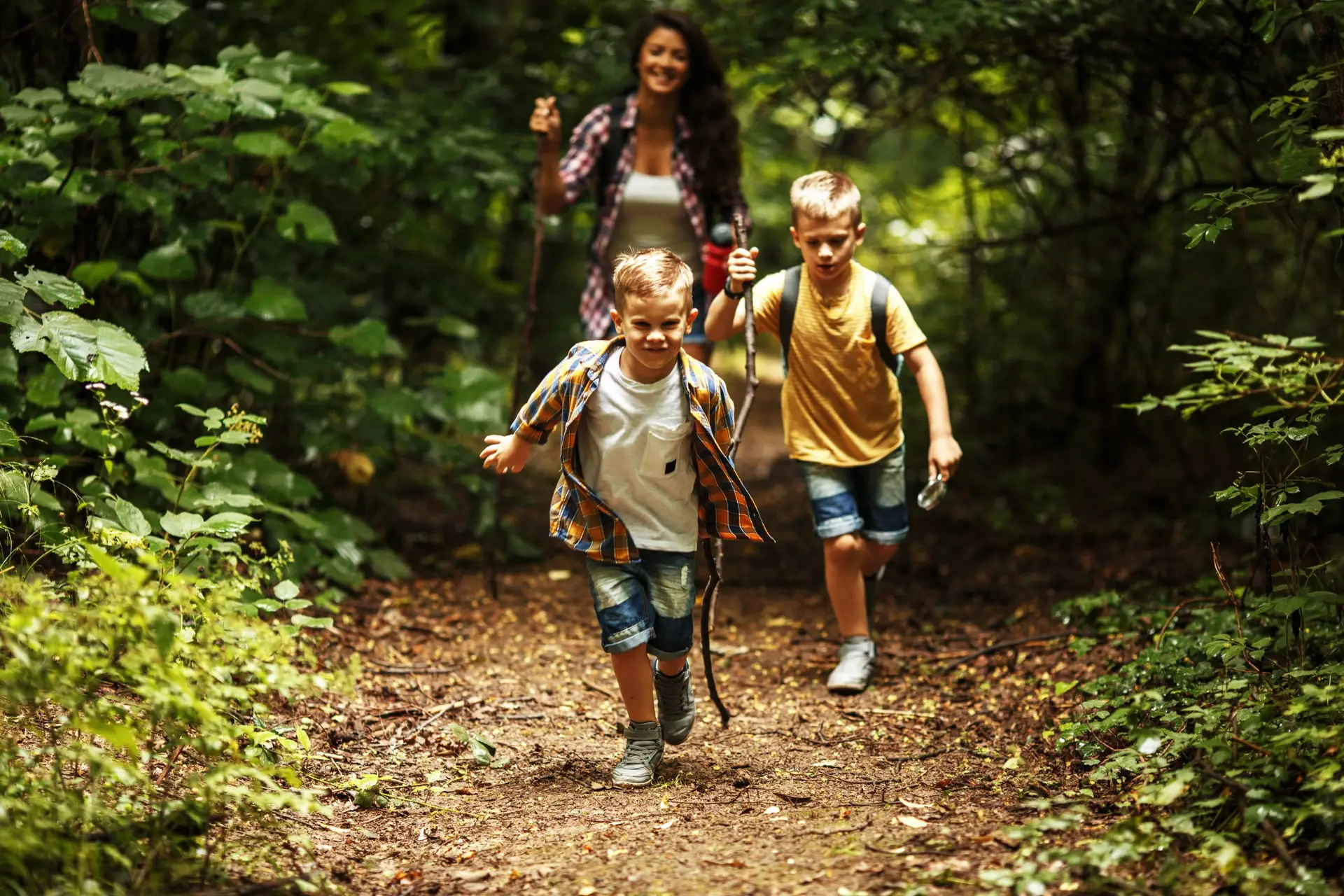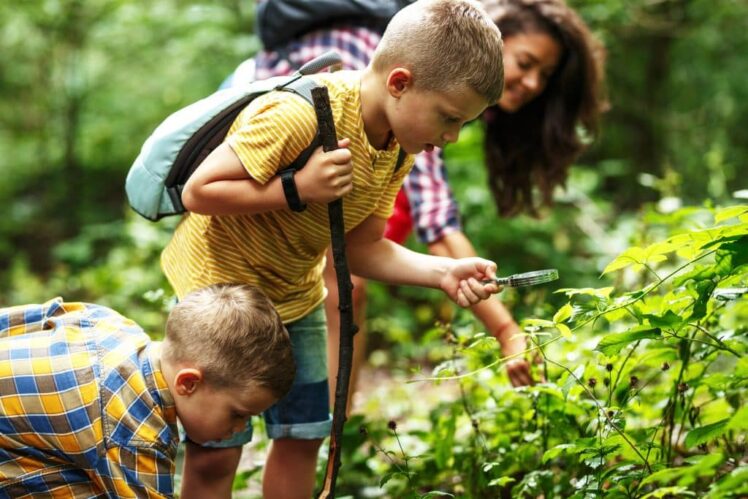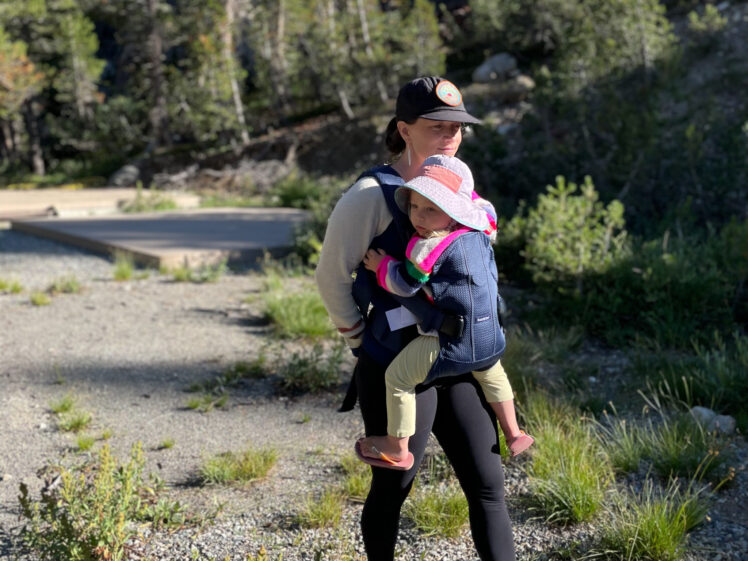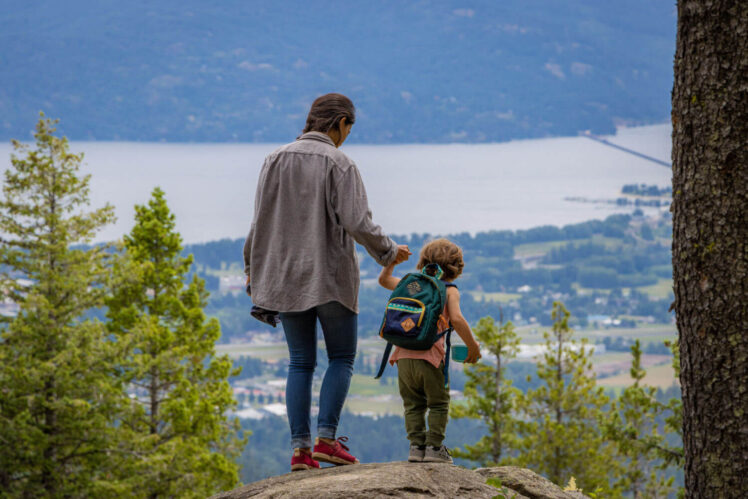Exploring the Outdoors with Your Little One – Safe Hiking Tips for Parents

Studies show that spending time in nature improves a child’s mood, sleep, and overall health. But what about safety? How do you keep your little one comfortable and secure on a hike? Knowing what to bring, what to watch for, and how to prepare ensures a stress-free adventure for both you and your child.
Key Points
- Choose well-marked and easy trails – Avoid challenging paths that may be too difficult for young children.
- Pack essentials like snacks, water, and first-aid supplies – Proper preparation prevents discomfort and ensures safety.
- Dress appropriately for weather changes – Layered clothing allows for easy temperature adjustments.
- Keep your child engaged with fun activities – Games and storytelling keep them entertained and motivated.
- Use proper gear for comfort and safety – A good carrier or stroller makes all the difference.
Picking the Right Trail for a Stress-Free Hike

Source: summitdaily.com
The right path makes all the difference. Look for well-maintained trails with minimal elevation to prevent exhaustion. National parks and local nature reserves often provide family-friendly routes with clear signage and accessible rest spots.
What to consider when selecting a trail:
- Short loops with easy exits – A shorter distance helps manage energy levels and allows flexibility.
- Shade for sun protection – Forested trails provide natural cover and help regulate body temperature.
- Natural rest stops like benches or scenic spots – These create opportunities to pause and appreciate the surroundings.
If the area is unfamiliar, check online reviews or ask experienced hikers for recommendations to ensure a safe and pleasant journey.
Using a Comfortable Baby Carrier for a Hassle-Free Experience

Source: gearjunkie.com
Young children tire quickly, but that should not stop you. Well-designed baby carriers keep them secure and give you freedom to move. The right model distributes weight evenly, preventing back strain and making the hike more enjoyable.
What to look for in a carrier:
- Strong straps with proper padding – Ensures even weight distribution and minimizes discomfort for the wearer.
- Adjustable size for different ages – Allows long-term use as your child grows.
- Breathable fabric for warm conditions – Prevents overheating and keeps both parent and child comfortable.
Practice at home before heading out to ensure a snug and safe fit, making adjustments as needed for a secure hold.
Packing the Essentials to Stay Prepared
Hiking with a child requires careful planning. A small backpack filled with necessities ensures a smooth trip and helps prevent common issues like dehydration, hunger, or minor scrapes.
Must-have items:
- Water and snacks – Hydration is critical, and nutritious snacks provide necessary energy.
- First-aid kit – Bandages, antiseptic wipes, and tweezers for unexpected scrapes or bites.
- Extra clothes – A spare outfit prevents discomfort in case of spills or weather changes.
- Sunscreen and insect repellent – Protection from sunburn and bug bites ensures an irritation-free experience.
Keeping everything within reach reduces stress and keeps everyone happy throughout the adventure.
Dressing Smart for Comfort and Protection
Weather shifts quickly on trails, and unpredictable conditions can make or break a trip. Dressing in layers allows for quick adjustments without hassle.
Footwear matters:
- Closed-toe shoes with good grip – Protects feet from sharp rocks and slippery surfaces.
- Wool socks to prevent blisters – Keeps feet dry and comfortable even during long walks.
- Lightweight options for warmer days – Prevents overheating and keeps movement easy.
Comfortable clothing and proper shoes prevent complaints and ensure a more enjoyable hike for everyone.
Keeping Your Child Engaged and Excited
A slow pace keeps little ones interested, but adding interactive elements makes the journey even more enjoyable. Turn the hike into an adventure by involving them in creative ways.
Fun ideas:
- Scavenger hunt – Create a simple checklist of natural items like leaves, rocks, or animal tracks to spot along the way.
- Storytelling – Engage their imagination by crafting a fun story inspired by the surroundings.
- Sing-alongs – Familiar tunes or made-up songs add an element of fun and help distract from fatigue.
Making the journey engaging reduces boredom and keeps spirits high, ensuring a positive experience for both parent and child.
Safety First – Staying Alert on the Trail
Accidents happen fast, but staying proactive minimizes risks. Awareness of surroundings and setting clear expectations for behavior prevent issues before they arise.
Simple safety tips:
- Stay on marked paths – Wandering off can lead to dangerous terrain or getting lost.
- Carry a whistle for emergencies – A loud noise helps attract attention if needed.
- Avoid touching unknown plants or insects – Some can cause allergic reactions or irritation.
- Check for ticks after the hike – A thorough post-hike inspection prevents potential issues.
A few basic rules help keep everyone safe and make the experience more enjoyable.
Knowing When to Take Breaks
Pushing too hard leads to exhaustion, which can quickly turn an enjoyable hike into a stressful situation. Frequent breaks allow little legs to rest and prevent crankiness.
Signs that your child needs a break:
- Heavy breathing or slowing down – Indicates physical fatigue and the need for a pause.
- Complaints about being too hot or tired – A clear sign they need a moment to rest.
- Loss of interest or irritation – A grumpy child is often an overtired child.
Short rests make a big difference in energy levels and overall enjoyment of the hike.
Preparing for Weather Surprises
Checking forecasts helps, but conditions can change quickly. Bringing a few extra items ensures comfort regardless of shifting weather.
Pack for changes:
- A lightweight rain jacket – Keeps dry during unexpected showers.
- Hats and gloves for cooler temperatures – Prevents discomfort in chilly weather.
- Sunglasses and sunhats for bright days – Protects eyes and skin from harsh sunlight.
Dressing correctly prevents discomfort and makes the experience enjoyable, no matter the conditions.
Teaching Your Child Basic Trail Etiquette

Source: liveawilderlife.com
Respect for nature starts young. Encouraging simple habits fosters responsible outdoor behavior that will last a lifetime.
Good trail manners:
- Stay on designated paths – Prevents damage to fragile ecosystems.
- Do not litter—carry all trash out – Preserves the beauty of nature for future visitors.
- Be mindful of other hikers – Keeping voices down and moving aside for others shows respect.
- Leave nature undisturbed – Avoid picking flowers or disturbing wildlife.
Instilling these habits early helps develop a lifelong appreciation for outdoor spaces.
Wrapping Up a Successful Hiking Adventure
Ending the hike on a positive note encourages future trips. A fun post-hike snack or storytelling session reinforces good memories and makes the day feel special.
Final checklist before heading home:
- Check for scratches or bug bites – Quick inspections prevent discomfort later.
- Clean up any mess made – Leave no trace and teach responsibility.
- Ask what your child enjoyed the most – Encouraging reflection builds enthusiasm for future hikes.
A little thoughtfulness ensures every adventure leaves lasting positive memories.
Spending time outside with your child strengthens bonds and builds a love for nature. With the right preparation, every hike can be a safe and memorable adventure. Start small, pack wisely, and make each step count!





